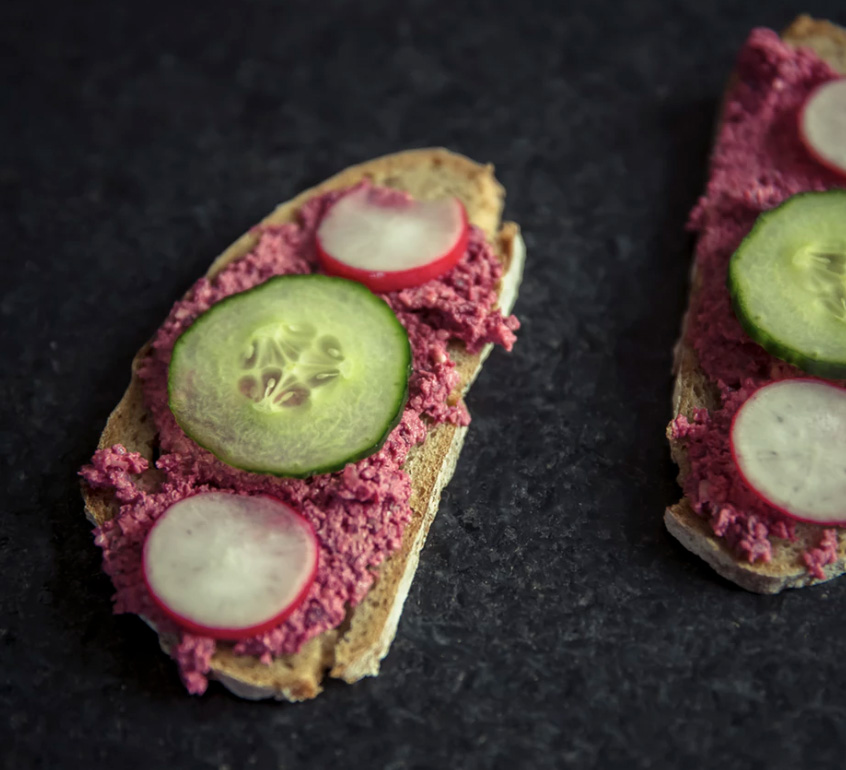Meal Patterns and Trends
What works for you? What have you tried? Did you give it enough time?

The health world is abuzz with new, trendy, interesting, and compelling ways of eating, timing eating, planning, etc. Everything from partaking in a daily fast to eating frequent, small meals in order to “keep metabolism up” catches the eyes of readers in health-centric media outlets.
So, which one is best? Which meal pattern or trend will produce the most desired results?
Essentially, there is no one right pattern. The best plan for you is the one to which you can adhere well and use to shape your lifestyle.
Personally, I fast intermittently, meaning that I eat for 8 hours a day and fast for 16 hours. Generally, I eat my first meal at noon, and conclude my eating around 8:00 pm.
For some, this is great. For others, eating 6 small meals with several hours in between each is best. At the end of the day, one must choose to follow the plan that feels best for their body and their goals.

The same philosophy goes for different types of diets.
The paleo diet, generally, encourages healthy food choices, and it has helped many people in many ways.
The ketogenic diet is a recent fad that has also been extremely helpful to certain groups of people, while hindering others.
Some thrive on the vegetarian or vegan diet protocol, while others need animal protein and fat.

Figuring out the best strategy and plan for you will take time.
I experimented with meal timing and food choices for quite some time, several months, before settling on Intermittent Fasting, which I have been following now for about 7 years. It works for me, it helps me reach my goals, and it is a lifestyle that I enjoy. I drink water and black coffee throughout the morning, before intentionally breaking my fast with a nourishing lunch around 12:00 pm.
I exercise in the morning, while fasting — I prefer to have an empty stomach while strength training or running sprints. In order to spark muscle protein synthesis while exercising on an empty stomach, I recommend (based on numerous studies) having a serving of whey protein isolate, or an essential amino acid supplement, prior to your workout. This will help your body to be most efficient while repairing and building muscle.

Regardless of the pattern that works best for you, it seems that waiting several hours between meals is a promising tool to stimulate and maximize muscle protein synthesis.
Some hospital studies have been conducted where intubated patients are fed on continuous feeds versus on timed feeds that are not continuous.
Those fed continuously were generally less apt to generate multiple muscle protein synthesis responses, whereas the patients fed periodically were able to generate multiple muscle protein synthesis responses.
This possibly leads to improved health outcomes with retention of lean muscle mass.

All in all, there are seemingly endless options — there appears to always be a new fad diet promoted through various avenues.
Through it all, I suggest eating real, whole, unprocessed food, the foods to which your body responds well, and have your meals in a pattern to which your body adapts, that you enjoy.
Nutrition is not one-size-fits-all, it doesn’t need to get more complicated than that!
Hunter is a Registered Dietitian Nutritionist and owner of Reformed Nutrition, LLC. He is a Certified LEAP Therapist, a specialist in food sensitivities and gut healing. He also works with competitive athletes, those looking to gain strength, lose weight, and restore health, as well as families and student groups. He loves strength training, Whole Foods, farming/gardening, healthy fats, and pasture-raised animal products.
